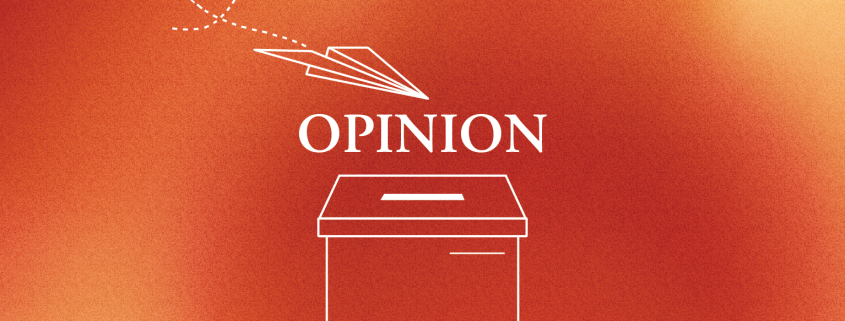Book bans are what must be banned
Just last month, a story went viral about an assistant principal at a Mississippi school who was fired after reading “I Need a New Butt!” — a “fun, silly book” — to a group of second grade students. He only read the book after he was told to share a story when the principal failed to show up as planned.
This month, children’s author Jason Tharp was told he couldn’t share his book, “It’s OK to Be A Unicorn,” during a visit to Buckeye Valley West Elementary in Ostrander, Ohio. He was told by the school board that his book, which is about a proud rainbow unicorn who comes to terms with his identity, might “recruit kids to become gay.”
States have brought bills to the Senate to remove books that cover racial and sexual identity, while librarians have been threatened with criminal charges for stocking books that incorporate these topics. With this, it feels as though we are regressing in our ways with education.
It is not just young second graders deprived of literature about race and sexuality. The McMinn County Board of Education in Tennessee removed “Maus,” a Pulitzer Prize-winning book, for “curse words and nudity” from an eighth grade module on the Holocaust.
While book bans have always been a staple of school board meetings and have existed since the 1600s, these bans are only hurting the American education system.
According to the American Library Association, the rate of books banned in 2021 was higher than ever — since they began tracking 20 years ago. The Library Association “counted 729 challenges to library, school and university material. Each challenge can contain multiple book titles, causing a total of 1,597 individual book challenges.”
While not every book contains topics that a kindergartener is mature enough to discuss, such as violence or sex, these discretions can be left to a teacher trained to cater to their students. There is a significant difference between showing age appropriate content and censoring conversations about race and sexuality.
“What we’re seeing right now is an unprecedented campaign to remove books from school libraries but also public libraries that deal with the lives and experience of people from marginalized communities,” said Deborah Caldwell-Stone, the director of the American Library Association’s office for intellectual freedom, in an interview with The New York Times.
An assistant principal being fired for reading a picture book or an author being told he can’t share his picture book about self-acceptance sends a much deeper message. It becomes less about protecting children and more about censoring them from real-world topics where critical learning and understanding is necessary.
The education system has become a playground for political conflict. People are pushing for educational content that matches their personal beliefs, but education cannot reflect the values of only one political party, race, gender, religion or sexuality. A lack of access to books, particularly those discussing Black and Indigenous people and people of color and LGBTQIA communities, is a conscious attempt to leave out marginalized groups from the educational experience of a country.
Children see race and identity. Their interactions alone tell them that sex and race exist and play a critical role in society. However, if educators shy away from these topics, how will they understand the impact on their lives and others? It is never too early to start learning about these topics, but it is too late for many who grew up believing in racist, sexist and homophophic rhetoric to change their ways.
While it is inevitably the decision of a family and an individual to choose what they believe and consume, the choice must remain. It is not the right of a school board or a state to prevent education on the lived experiences of many in our world. Rather than controlling what is taught, banning books tends to control what perspectives are shared.
What is happening in Ohio and Mississippi affects children’s education and their perception of the world throughout their life. Furthermore, not only is the impact detrimental to those whose lived experiences are being censored, but it is detrimental to higher education as well.
As Kal Alston, education professor and associate dean for academic affairs at Syracuse University, said in an Inside Higher Ed story, the censorship of a student’s curriculum — whether at the hands of a parent or the school board — affects critical thinking and independent thinking, both of which are critical for success in higher education.
The conversations about these topics will never end, and students should be able to enter college comfortable with discussing race and sexuality. When they aren’t, it only hurts their own learning journey and that of those around them.

